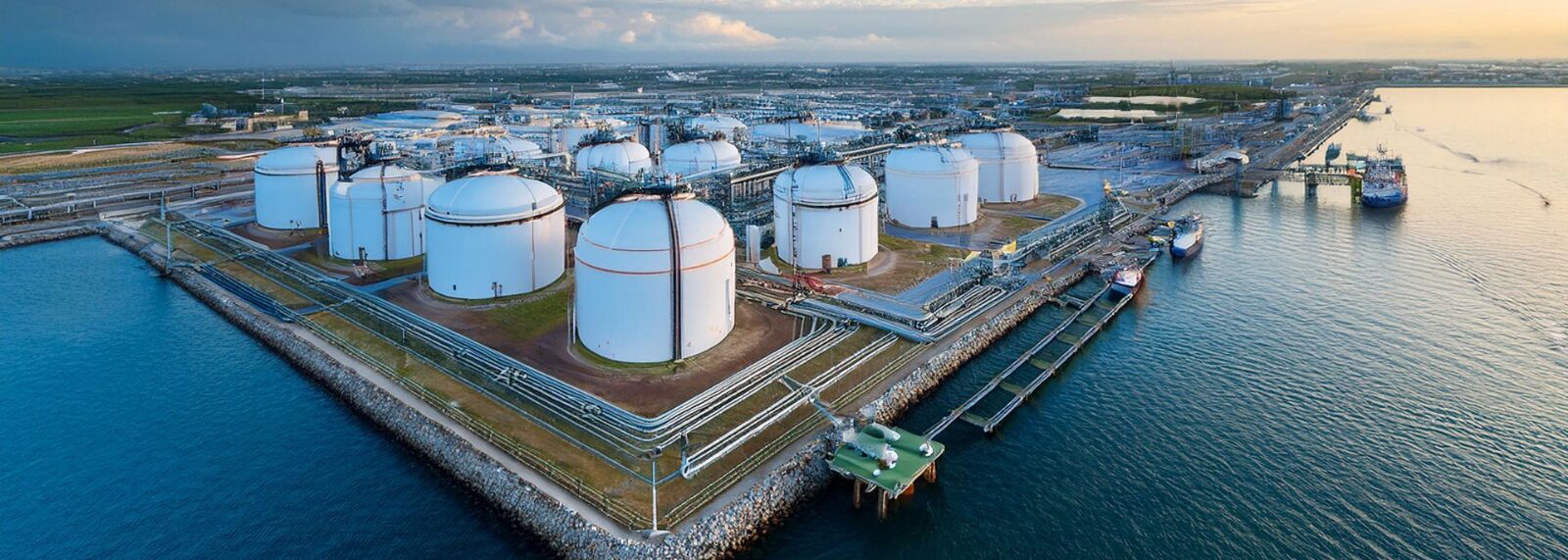
ExxonMobil is significantly enhancing its natural gas production in Guyana, aligning with the government’s vision to utilize gas for onshore power generation and petrochemical industries. This initiative is poised to transform Guyana’s energy landscape, fostering economic growth and environmental sustainability.
The Genesis of Guyana’s Gas-to-Energy Initiative
Guyana’s journey into the oil and gas sector commenced with the discovery of substantial oil reserves in the Stabroek Block in 2015. This discovery positioned the nation as a burgeoning energy hub in South America. Recognizing the potential of its natural gas resources, the Guyanese government, in collaboration with ExxonMobil and its partners, embarked on the Gas-to-Energy (GTE) project. The primary objective is to channel associated natural gas from offshore oil production to onshore facilities, thereby reducing energy costs and promoting industrial development.
ExxonMobil’s Commitment to Gas Expansion
In response to the government’s call for increased natural gas supply, ExxonMobil announced a large-scale project aimed at boosting gas output in Guyana. Alistair Routledge, President of ExxonMobil Guyana, highlighted that the project would not only supply natural gas for power generation but also support the establishment of fertilizer plants and other petrochemical industries. This initiative underscores ExxonMobil’s dedication to meeting Guyana’s energy and industrial needs.
Key Components of the Gas-to-Energy Project
The GTE project encompasses several critical elements designed to harness Guyana’s natural gas resources effectively:
-
Pipeline Infrastructure: A 200-kilometer, 12-inch diameter pipeline has been constructed to transport natural gas from the Liza Phase One and Phase Two Floating Production, Storage, and Offloading (FPSO) vessels in the Stabroek Block to onshore facilities at Wales, West Bank Demerara. This pipeline has undergone rigorous testing and is prepared for natural gas introduction.
-
Natural Gas Processing Plant: At the terminus of the pipeline in Wales, a state-of-the-art Natural Gas Liquids (NGL) plant is being developed. This facility will process the transported gas, extracting valuable liquids and ensuring a consistent supply of dry gas for power generation and other applications.
-
Power Generation Facility: Adjacent to the NGL plant, a 300-megawatt (MW) combined cycle power plant is under construction. This plant is poised to significantly reduce electricity costs in Guyana by replacing expensive imported heavy fuel oil with domestically sourced natural gas.
-
Fertilizer Production: The project also envisions the establishment of fertilizer manufacturing facilities. By utilizing domestically produced natural gas, these plants aim to support local agriculture, reduce dependency on imported fertilizers, and stimulate economic growth.
Economic and Environmental Implications
The GTE project is anticipated to have profound economic and environmental impacts:
-
Economic Growth: By providing a reliable and affordable energy source, the project is expected to attract investments in various sectors, including manufacturing and agriculture. The availability of locally produced fertilizers will bolster the agricultural sector, enhancing food security and creating employment opportunities.
-
Cost Reduction: Transitioning to natural gas for power generation is projected to cut electricity costs by up to 50%, alleviating financial burdens on households and businesses.
-
Environmental Benefits: Utilizing natural gas, a cleaner-burning fuel, will reduce greenhouse gas emissions compared to traditional heavy fuel oils. This shift aligns with global efforts to combat climate change and demonstrates Guyana’s commitment to sustainable development.
Collaborative Efforts and Future Prospects

The success of the GTE project is a testament to the collaborative efforts between the Guyanese government, ExxonMobil, and other stakeholders. The government’s proactive approach, including transparent financial structuring and open tenders for project components, has fostered a conducive environment for investment and development.
Looking ahead, ExxonMobil has expressed intentions to further expand its operations in Guyana. Plans are underway for the Longtail project, which aims to produce up to 1 billion cubic feet of gas per day by 2030. This expansion will not only augment the country’s energy supply but also position Guyana as a significant player in the global energy market.
Conclusion
ExxonMobil’s initiative to boost natural gas supply in Guyana marks a pivotal moment in the nation’s energy evolution. The Gas-to-Energy project, with its multifaceted components, promises to deliver economic prosperity, energy security, and environmental sustainability. As Guyana harnesses its natural resources, it stands on the cusp of a transformative era, poised to reap the benefits of strategic planning and international collaboration.
Leave a Reply